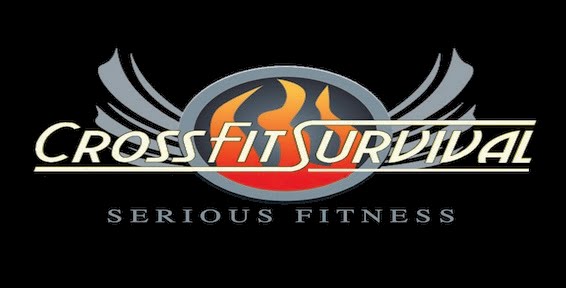TUESDAY AM CLASS IS MEETING AT STOUGH CANYON NATURE CENTER IN BURBANK. If you're driving down Glenoaks heading from Sunland to Burbank High School, pass the high school on your right. Make a left onto Walnut St. You are going to hit Sunset Canyon and pass the golf course. You will reach the main gate, which will be closed this early in the morning. Park on the street; we will meet there.
Tuesday PM class is meeting at Burbank High School for sprint repeats. For directions, go to the blog dated October 28, 2009.
WOD
WOD
AM Trail Running
PM Sprint Repeats
When CrossFit refers to "The Zone", they are referring to The Zone book, written by Dr. Barry Sears. In a nutshell, the Zone is not only a calorie restriction diet, it also preaches the importance of proper food combining. By ensuring that we eat a proper balance of 40% carbohydrates, 30% protein and 30% fat at every meal, we are helping to keep our insulin levels balanced. Dr. Sears refers to this condition as "The Zone".
In The Zone, more energy is the norm, as is better athletic performance.
Most CrossFitters' nutritional plans incorporate the food choices of the Paleo Diet, but the pairing and quantities proposed by The Zone.
CrossFit Journal 21 is your most important resource when it comes to simplifying the Zone. Your second best resource is to read The Zone!
The first thing you need to do is turn to page 2 to determine what size male or female you are, so you'll know how many blocks of food daily you need to eat.
A block of food is defined as 9 grams of carbohydrates, 7 grams of protein AND 1.5 grams of fat. Once you know this, creating meals, at least at first WILL require measuring and weighing.
However, if you are going for elite fitness, the results of doing this are outstanding and cannot be overstated.
For example, if you are a medium female, you are allotted 11 blocks of food per day. This breaks down to three 3-block meals and two 1-block snacks per day. Using the aforementioned definition of a block of food, you now see that a medium female's breakast, lunch and dinner consist of 27 grams of carbohydrates, 18 grams of protein and 4.5 grams of fat (3X9; 3X7 and 3X 1.5 respectively).
From here, it is simply a matter of figuring out how many grams of carbohydrates, protein and fat are in the foods you are choosing.
One resource is found in the CrossFit Journal 21. There is a chart of common foods and how many blocks they contain. Each column contains the equivalent of one block of that substance. For example, approximately 3 almonds equals 1 block (1.5 grams) of fat. Therefore, if I need to eat 4.5 grams of fat for that meal, I could have 9 almonds (along with whatever carbs and protein I choose), and I would be set.
Another great way to gage the appropriate number of grams of carbs, protein and fat in a particular food is to purchase a food scale. Target carries an awesome one by ChefMate, which I highly recommend. This scale allows you to place an item on the scale and punch in a code. That code (say it's strawberries) will tell you exactly how many grams of carbs, fat, sugar, etc. are contained in what you are weighing.
You will become an expert at label reading. Sugar is hidden in everything. Check the grams of carbohydrates in everything you buy. You'll be amazed at how something seemingly innocent can contain more carbohydrates than you are alotted for a full day.
One more thing to keep in mind is this--even though a medium female is allowed 11 blocks of food per day, if she is trying to lose weight, she still needs to keep her carbohydrate daily count to less than 30 grams of carbs/day (50 g/day for men). This means that she will actually only want to eat about 3 blocks of carbs/day or a little more than 1/2 block of carbs per meal.


No comments:
Post a Comment